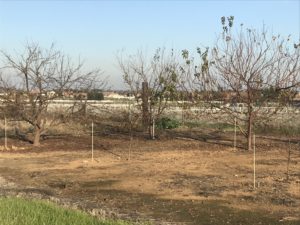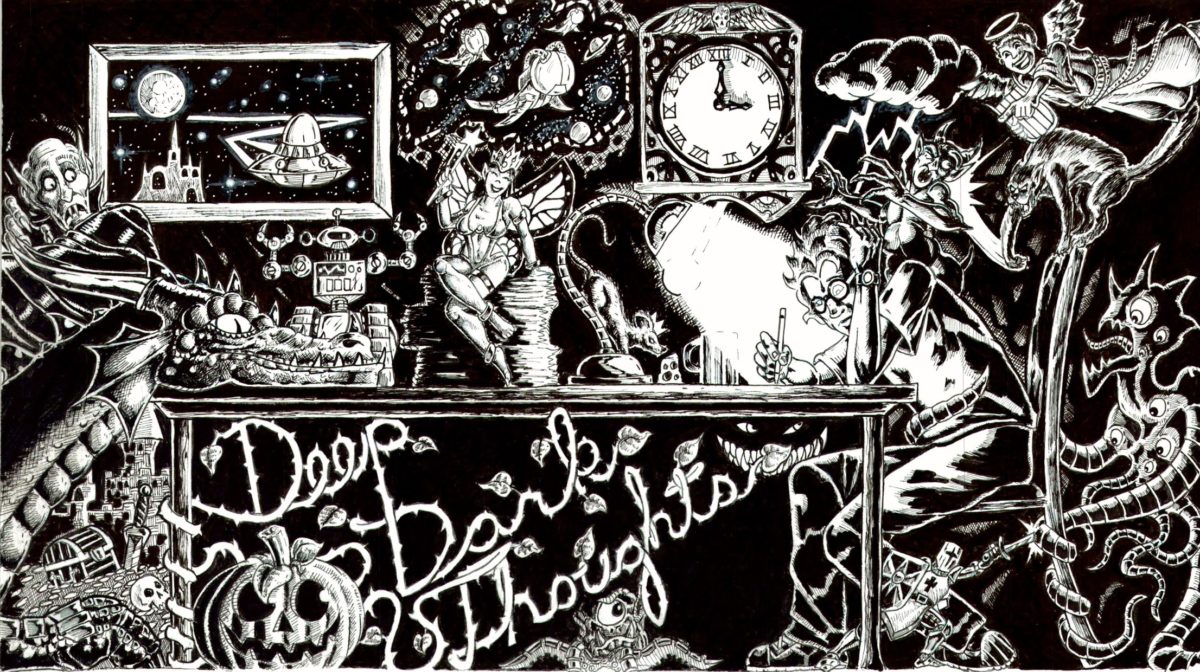
That time of year has come once again, the time when we must all trim our trees. And no, unfortunately, I do not mean the festive Christmas trees. Fall is over and the trees in the yard have all dropped their leaves, preparing themselves for the cold Winter ahead. It is time for me to give them a helping hand.
I have twelve fruit trees growing in my backyard, everything from apricots and cherries to plums and peaches, and every self-help book I have ever read on fruit trees says the branches must be trimmed back after the tree has lost its leaves. Apparently, trimming back the branches leads to larger, healthier fruit the next spring. I suppose this does make some sense. If someone hacked off a few of my fingers and threatened to remove more next year, I would certainly try a little harder to procreate before they came back to finish me off.
The problem with these self-help books is that none of them actually give any instruction on exactly how to trim a tree. That would have been more useful. But nobody bothers to write “when standing on a ladder, if a tree branch is out of reach, move the ladder. Do not lean farther out while holding branch cutters.” How hard would that have been? Another helpful item would be, “don’t stand directly underneath the branch you are cutting.” I have been assured that my hair will cover the scar, but it still would have been good information to have sooner.
These same books also recommend spraying your trees with fungicides and pesticides while they are dormant. This helps keep the new leaves and blooms healthy when they emerge in the warmer months. Again, while the authors are quick to tell what you should be doing, there is no help with how. One book I read advised spraying peach trees with a copper-based fungicide and stressed very clearly that the entire tree mush be completely covered. Complete coverage, for anyone fuzzy on the definition of complete, requires moving around the tree 360 degrees and spraying from all sides, which guarantees at some point you will be pointing your sprayer into the wind. I suppose the good news is that in the spring, I can safely assume that my face will not be developing leaf curl.
And as if the trees are not bad enough, December is also the month that all gardeners insist you must trim the nasty, thorny weeds that my wife has the nerve to call rose bushes. She has planted these barbed wire nuisances all over our front and back yards. She thinks they are pretty. But that is only because she is not the one hacking through them every year like the prince trying to make his way to Sleeping Beauty. It isn’t her clothing getting tossed in the rag bucket because it is so shredded even Goodwill won’t take it. Yet, whenever I suggest removing the briar patch completely, my wife acts as if I just said I wanted to shoot the dog. (Which I have suggested before, but that will have to be covered in another blog.)
Since moving out to the country six years ago, I have learned a little more each year about how to take care of a large yard. I have the battle scars to prove it. However, each year I also get a little closer to losing my mind trying to keep everything looking nice. I fear there may come a time, in the near future, that the neighbors will find me wandering the yard in my underwear, waving around hedge cutters and raving about crown rot.
But I bet the roses will look spectacular.
